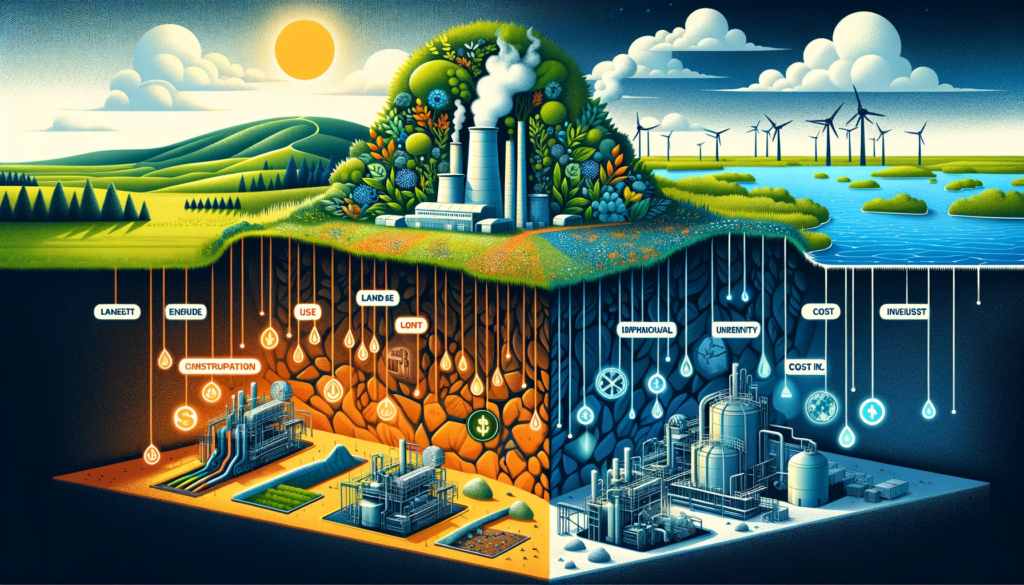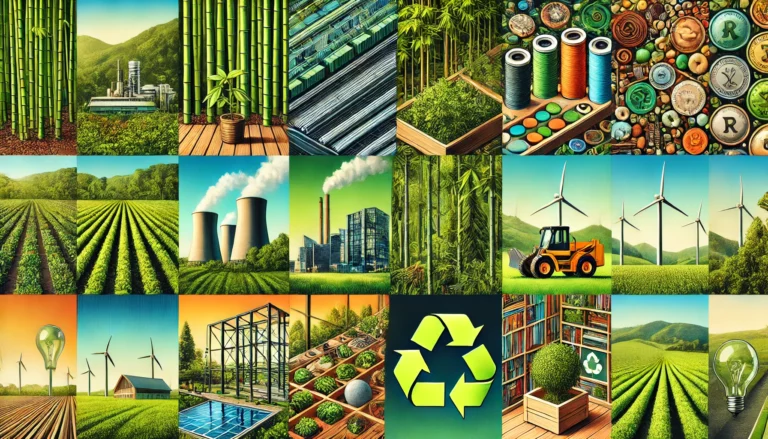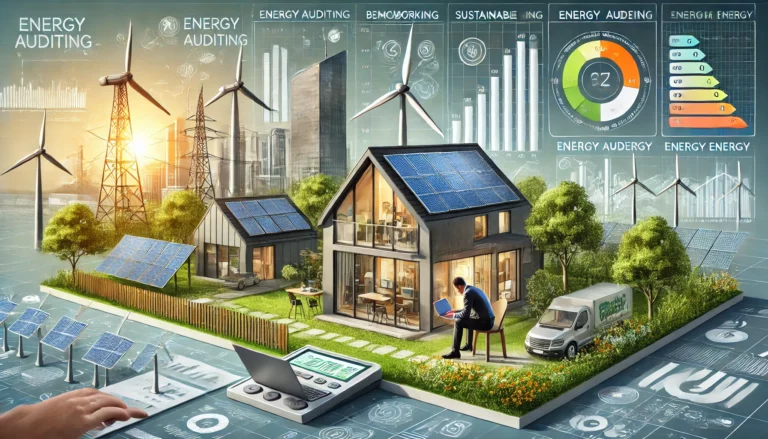The Pros and Cons of Sustainable Geothermal Energy
Geothermal energy, a sustainable energy source, harnesses the Earth’s internal heat. It’s not a new concept; civilizations have used geothermal resources for centuries. Today, it’s gaining traction as a significant player in the renewable energy sector, offering an alternative to traditional energy sources.

Benefits of Geothermal Energy
Renewable and Sustainable: Geothermal energy is both sustainable and renewable. It utilizes the Earth’s natural heat, which is continuously replenished, making it an inexhaustible energy source.
Environmental Advantages: Geothermal energy has a significantly lower carbon footprint compared to fossil fuels. It’s a clean energy source that emits little to no greenhouse gases.
Reliability and Efficiency: Unlike other renewable sources like wind or solar, geothermal energy is consistently available, providing a reliable energy source. Its efficiency is remarkable, with geothermal power plants operating at high capacity factors.
Economic Benefits: Though the initial investment is substantial, geothermal energy can lead to long-term savings. It also promotes job creation and can contribute to energy independence for many regions.
Challenges and Disadvantages of Geothermal Energy
High Initial Investment: Setting up geothermal power plants or heating systems requires significant capital. The exploration and drilling processes contribute to these high costs.
Geographical Limitations: Geothermal energy isn’t universally accessible; it’s contingent on specific geological conditions. This limitation restricts its widespread adoption.
Environmental Concerns: Geothermal sites can potentially cause land disturbance. Additionally, the use of water in some geothermal systems raises environmental and resource-use concerns.
Technological Barriers: Advanced technology is needed to efficiently harness geothermal energy, necessitating ongoing research and development.
Geothermal Power Plants
Geothermal power plants come in various types, including steam, binary, and enhanced geothermal systems. Each has its unique mechanism for extracting heat from the Earth to generate electricity. Globally, there are exemplary models of successful geothermal power plants that underscore the potential of this energy source.
Geothermal in the Context of Other Renewable Sources
When compared with solar and wind energy, geothermal stands out for its reliability. Its ability to provide constant energy without the need for storage gives it an edge over other renewable sources. However, its geographical limitation is a notable disadvantage.
The Future of Geothermal Energy
Emerging technologies in the geothermal sector, like enhanced geothermal systems and advanced energy storage solutions, are promising. Geothermal energy could play a vital role in reducing global energy consumption and transitioning to a more sustainable energy mix.
Conclusion
Geothermal energy presents a compelling case as a sustainable and renewable energy source. While it has its challenges, including high initial costs and geographical limitations, its benefits in terms of reliability, environmental impact, and long-term economic advantages are significant. As technology advances, geothermal energy could become an increasingly important part of our global energy strategy.





